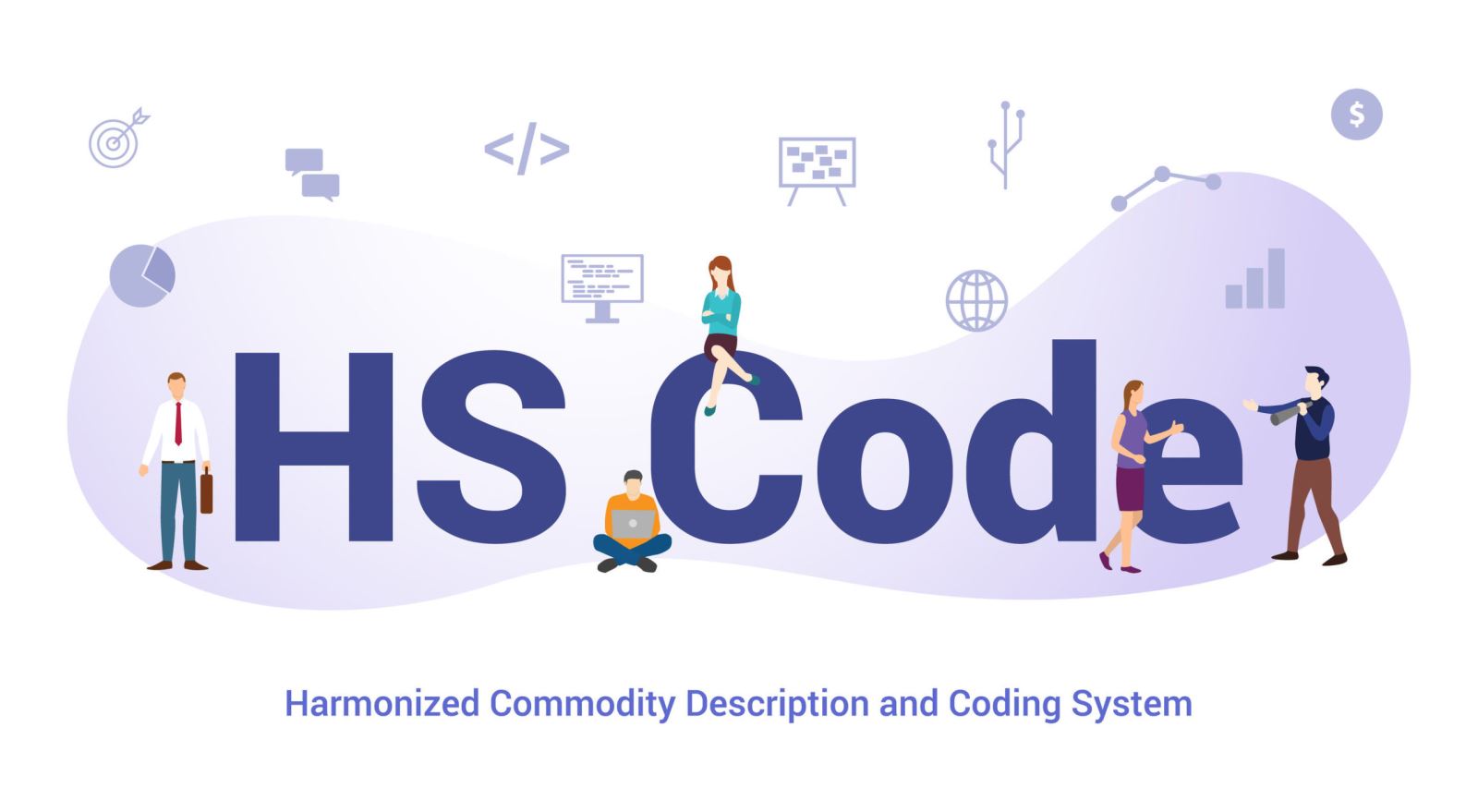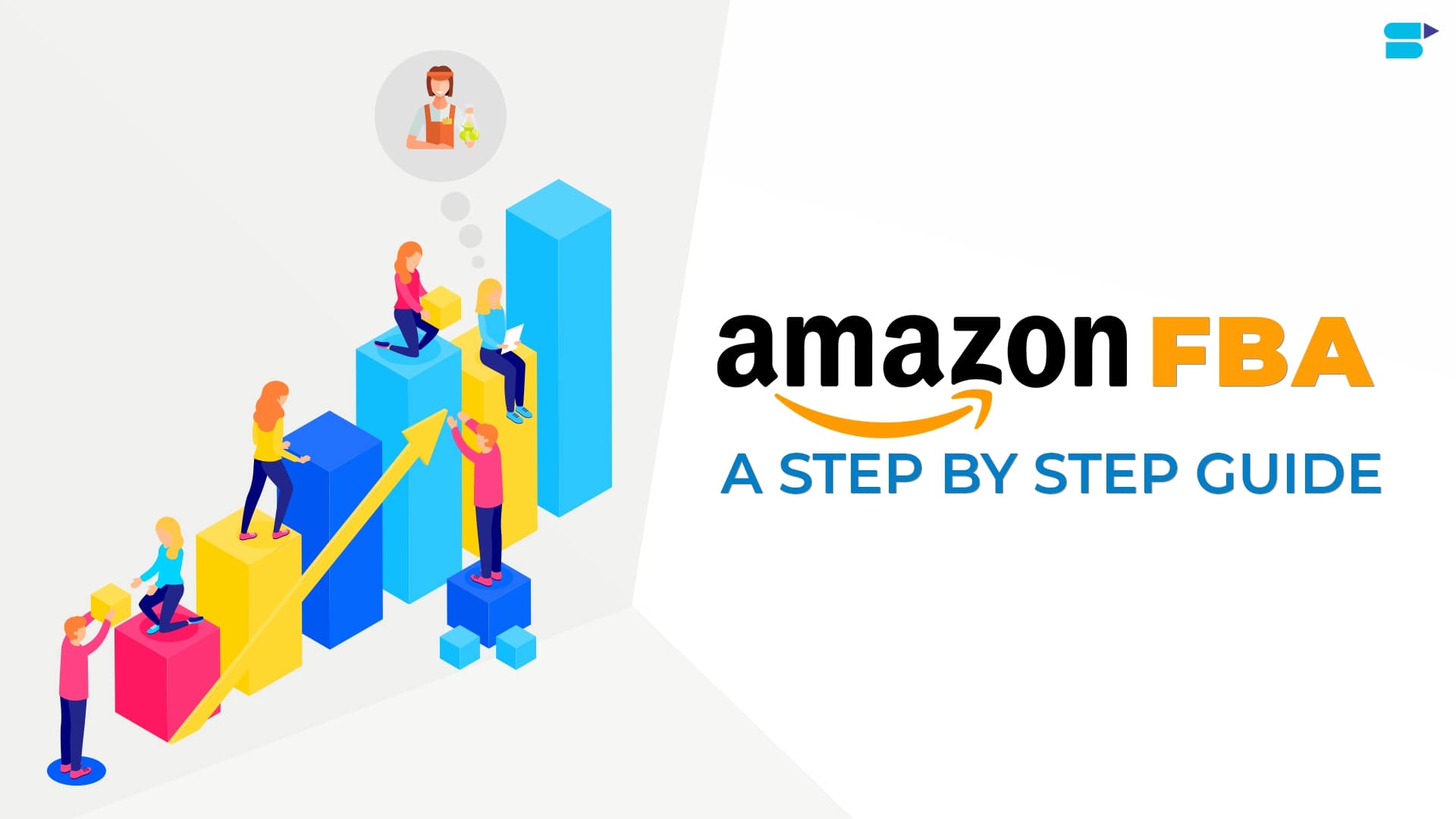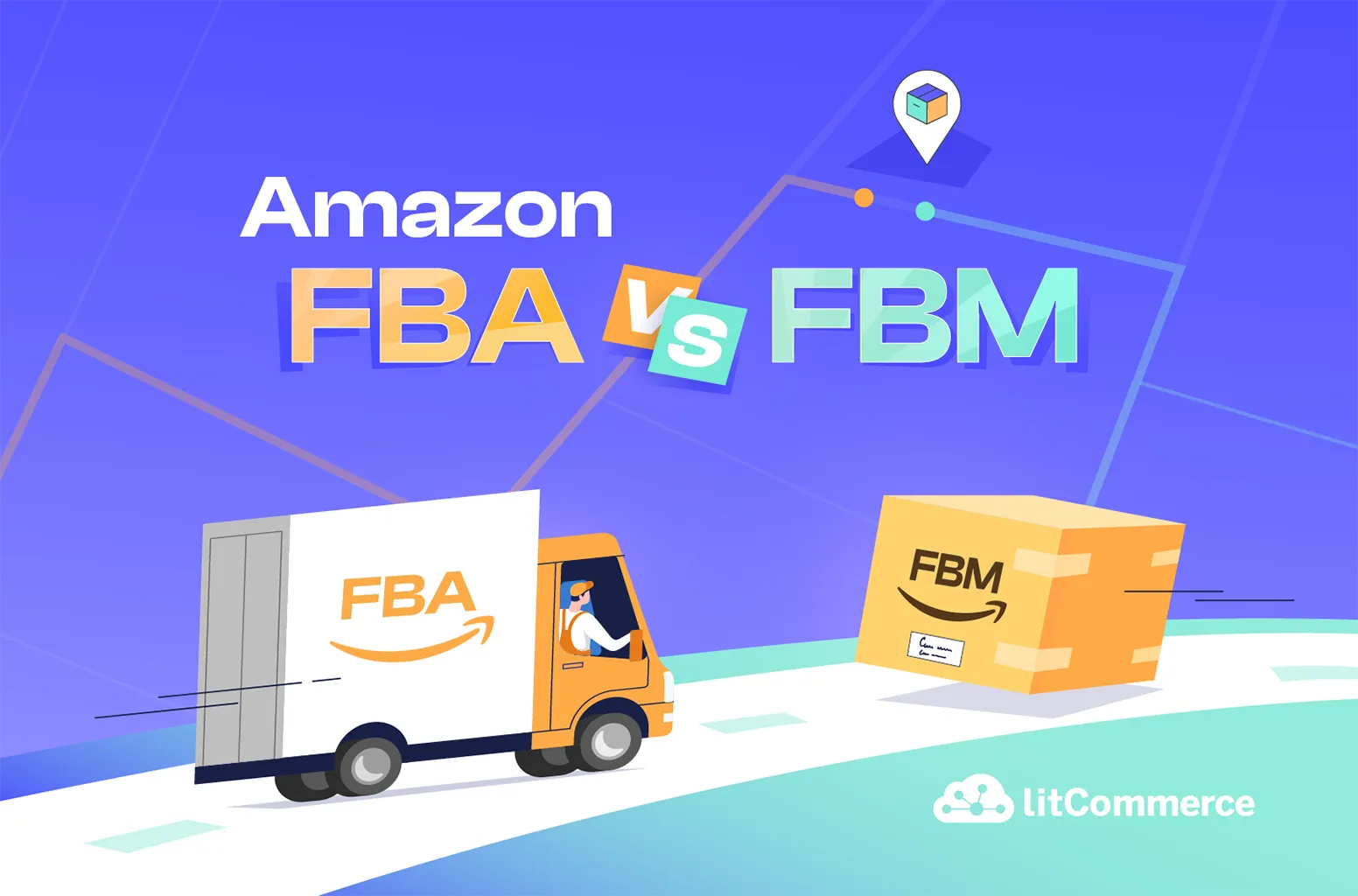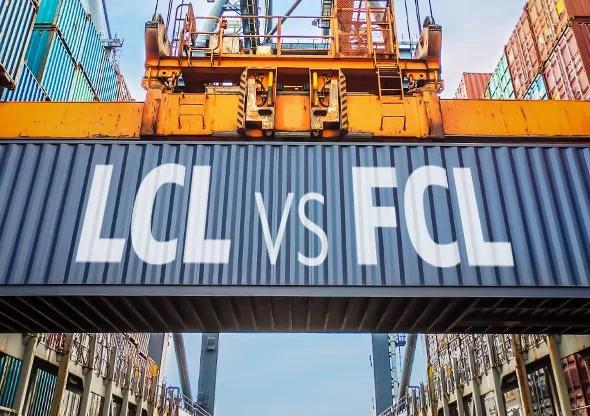FOB (Free on Board) Shipping: A 2023 Guide
Free on Board (FOB) is a popular Incoterm used in international trade that specifies the transfer of responsibility, risk, and ownership of goods between the seller and buyer. Below is a detailed explanation of FOB shipping terms, processes, and comparisons to similar Incoterms.

1. Definition of Free on Board (FOB)
FOB defines the point at which the seller's responsibilities for goods end, and the buyer assumes ownership and liability.
- Under FOB, the seller is responsible until the goods are loaded onto the shipping vessel.
- Once the goods are on board, the buyer assumes ownership and risks such as damage or loss.
2. The FOB Shipping Process: Step-by-Step Breakdown
Understanding the FOB process can help buyers optimize their supply chain. Here’s how it works:
- The buyer purchases goods under FOB terms.
- The seller picks, packs, and collects goods from the warehouse.
- Goods are transported to the port of origin.
- The seller ensures goods are loaded onto the vessel.
- From this point, the buyer assumes responsibility for the goods.
3. What is FOB Shipping Point?
Also known as FOB origin, this term specifies that:
- The buyer assumes responsibility for goods at the point of origin.
- Risks and obligations transfer to the buyer once the seller ships the goods.
- The buyer is liable for transit issues, including damage or loss, and must handle claims if problems arise.
4. What is FOB Destination?
FOB destination means:
- The seller retains responsibility for goods until they arrive at the designated destination.
- Ownership and risk transfer to the buyer once the shipment is delivered in good condition at the destination port.
- The sale is considered complete only after the goods arrive safely.
5. FOB Shipping Point vs. FOB Destination
- FOB Shipping Point: The buyer assumes responsibility at the point of origin.
- FOB Destination: The seller is responsible until the goods reach the buyer's destination.
6. FOB Pricing Structure
FOB pricing typically includes:
- Cost of goods.
- Export customs fees.
- Documentation handling charges.
- Packing and delivery to the port of origin.
- Loading fees.
- Cargo insurance (if applicable).
7. Freight Payment Terms: Freight Collect vs. Freight Prepaid
- Freight Collect: The buyer covers shipping costs.
- Freight Prepaid: The seller pays for the shipping process.
8. Types of FOB Shipment Terms with Payment Details
There are four primary FOB terms:
- FOB Shipping Point, Freight Collect: Buyer assumes all costs and responsibilities.
- FOB Shipping Point, Freight Prepaid: Seller covers transport costs, but the buyer bears the risks.
- FOB Destination, Freight Collect: Buyer pays for shipping, but the seller is responsible until delivery.
- FOB Destination, Freight Prepaid: Seller covers all costs and risks until goods reach the destination.
9. FOB vs. FAS (Free Alongside Ship)
- FOB: Seller is responsible until goods are loaded onto the vessel.
- FAS: Seller delivers goods alongside the ship but is not required to load them.
10. FOB vs. CIF (Cost, Insurance, and Freight)
- FOB: Buyer assumes responsibility once goods are loaded.
- CIF: Seller covers costs, insurance, and freight until goods reach the destination port.
11. FOB vs. FCA (Free Carrier)
- FOB: Seller is responsible until goods are on board the vessel.
- FCA: Seller delivers goods to a specified carrier or location, and the buyer assumes responsibility from there.
By understanding FOB shipping terms and their variations, businesses can select the option that best aligns with their logistical and financial needs.









